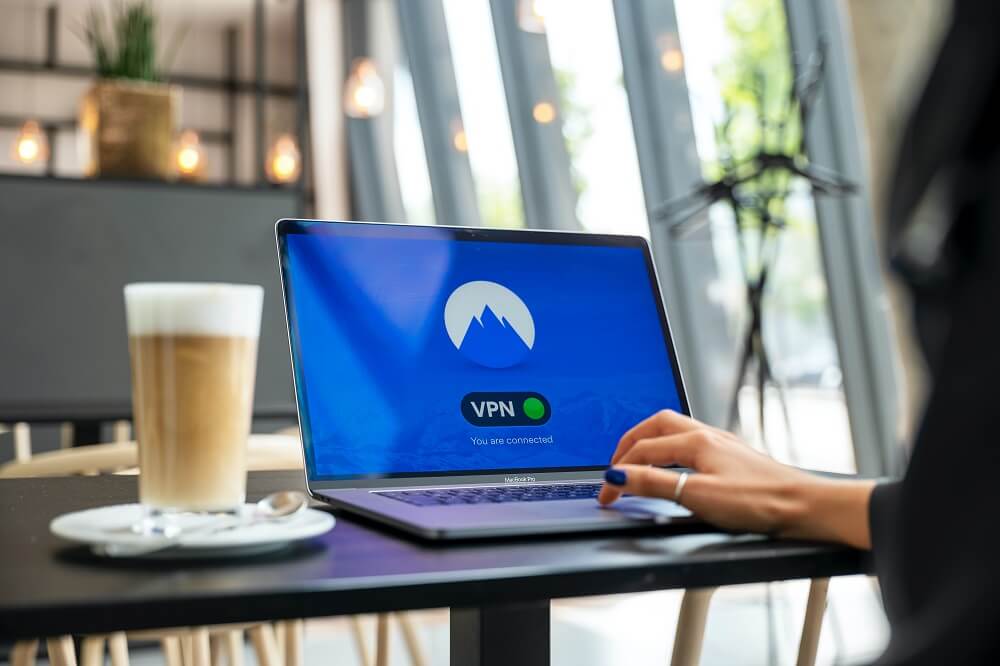Ready to see it for yourself?
One of our workspace experts will reach out to you based on your communication preferences.

The massive divergence of organizations into remote work from the advent of the global pandemic necessitated a tighter security architecture across networks.
Earlier this year, the World Economic Forum launched its inaugural Global Cybersecurity Outlook report. And cybersecurity authorities in the United States, New Zealand, Australia, the United Kingdom, and Canada dished out an advisory on the top routinely exploited vulnerabilities from 2021. VPNs ranked high at the core end of hacks and attacks.
Most companies rely on VPNs to uphold a secure remote connection to their network resources. As a result, VPN services were hit with a wave of cyberattacks. The lapses in VPN services rapidly became evident during the pandemic as business owners with rushed and fragile remote systems experienced repeated attacks on their networks. These attacks weakened the security model and made it necessary for a more reliable network security measure — enter ZTNA.
Zero Trust Network Access (ZTNA) was introduced as a viable cybersecurity alternative to VPNs, given its approach to securing remote work systems. However, which cybersecurity solution is better for your business?
Let’s look at a few factors you should keep in mind when considering ZTNA vs VPN.
Zero Trust is a network security framework that works as its name implies — never giving out inherent trust to a user or device. In essence, every access request must undergo an authorization and authentication process. The core focus of the ZTNA model is to secure remote access to the cloud, data, applications, documents, and internet services.
ZTNA perceives all initial access as strange, untrusted, and potentially harmful until proven otherwise. ZTNA’s key components include:
A VPN is used to establish a secure connection between users and network resources. It performs a safe link for data transfer through an encrypted tunnel. With VPNs, only authorized users can generate secure connections through their virtual tunnel.
Some advantages of using a VPN is that it can disguise your identity and location online, making it look like you were resident elsewhere and using a different IP address. This makes it hard for your device to be tracked and monitored by your Internet Service Provider (ISP) and the government. With this feature, you'll also be able to access geo-restricted content and use resources you'll not have been able to access if you had not used a VPN.
VPN and ZTNA are often used in similar contexts but do not deliver the same approach to providing security to enterprise network resources. VPNs offer a broad approach to cybersecurity, but ZTNA is more specific, with permissions being granted to users and applications.
You can customize it to give permissions only to secure devices and with high monitoring procedures on users’ activities while on the network. A bonus is a cloud-native model that offers users lots of flexibility and frees the user from on-premises hardware.
A VPN uses encrypted tunnels, and when the user access request is granted, they are no longer restricted on the network. It performs less in terms of user experience and does not display high visibility of what the user does on the network; hence, it poses a reduced and much looser framework, unlike ZTNA.
VPNs used to be the top choice for cybersecurity, but the rise in more sophisticated attacks exposes the weakness of the model. ZTNA is, therefore, much more secure and a more reliable alternative to VPNs.

What do you consider when making your decision between VPN and ZTNA? Here are some essential factors to take into consideration.
VPN security is quite dynamic. It authenticates users and secures the perimeter using a central entry point. VPN also allows remote workers to connect to enterprise network resources from dispersed locations with firewall protection on the device point of connection or at every connection point. It transfers data between users through an encrypted virtual tunnel while connecting a user to the internet from their respective location.
ZTNA is an identity-based framework that converges different security tools with adaptive security policies. This serves to determine who or what deserves access to an enterprise network. It offers access using the principle of least privilege, implying that access is not generally provided to full resources, as in the case of the VPN. Instead, every user is given access to the resources they need in connection to their roles in the organization. Since the security framework sees every access request as a potential security threat, it takes slim risk-based decisions to effectively secure enterprise networks.
How does the Virtual Private Network perform in connection to ZTNA? VPNs are often slower in their performance since they usually have to backhaul traffic to a centralized enterprise data center. In addition, since remote workers are often dispersed in diverse access points, the farther they are, the slower the connection becomes. This can also affect user experience with data-intensive work-from-home resources — for instance, digital workspace platforms and videoconferencing.
Regarding scalability, traditional VPNs are less scalable than the ZTNA security alternative. You’ll often need to use dedicated hardware tools, which may be very costly and time-consuming to deploy. VPNs are good for some measure of security, especially when a user connects through their home network or if a company is going to create a secure connection to employees in multiple branch locations. But the level of sophisticated attacks in recent years has warranted an equally sophisticated response: Allowing users to safely connect from their remote locations with access only granted to the specific resource they require to perform a function.
Featured Image Source: Unsplash

Are you looking for a NYC event venue for personal or business occasions? Do you need a fresh perspective for your workday, a business address or virtual mailbox? If it’s time to level up your business and you’re looking to make some serious marketing moves, we have the answer for you!